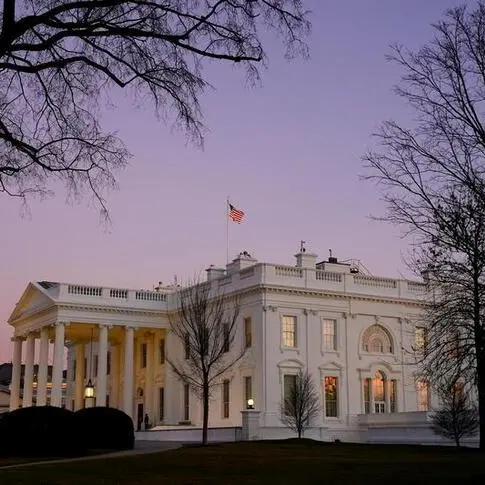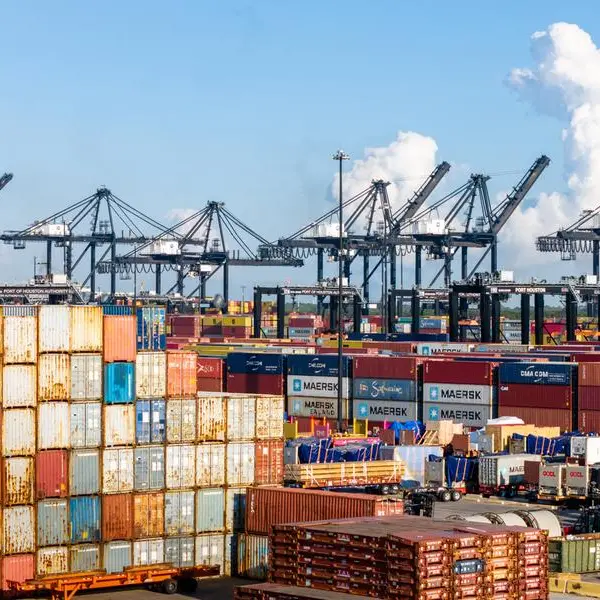PHOTO
The expansion of the BRICS in late August could encourage greater political overtures and financial generosity from the G7 towards emerging markets going forward, says a report by Focus Economics Insights.
The G20 summit later this year will be key to watch, with the UN calling on $500 billion of annual financing from wealthy nations. More countries are likely to join the BRICS in the coming years, as current members — particularly China and Russia — look to bolster an alternative to the G7-led world order.
In late August it was announced that from 2024, the BRICS — a political grouping that currently comprises Brazil, Russia, India, China and South Africa — will admit six new members: Iran, Saudi Arabia, Egypt, Argentina, the UAE and Ethiopia.
The 11 countries combined represent around 45% of the planet’s population, over 40% of world oil production and roughly a third of global GDP. Through our forecast horizon to 2027, the BRICS’ average economic growth rate is likely to be notably above the global average. That said, the G7’s GDP is still substantially larger at market prices, and should remain so over the medium term.
BRICS members will increasingly conduct intra-member trade in local currencies to reduce dependence on the dollar, with the yuan and rupee set to be major beneficiaries. That said, the dollar will remain the global reserve currency for the foreseeable future: incumbency, dollar liquidity, the strength of the US economy, and the reliability of the US government as a debt issuer are key advantages. As for the BRICS grouping as a whole, it is likely to remain more of a political than an economic force.
What is the economic upshot?
Right now, not very much. The group’s key economic institution, the New Development Bank (NDB), is still tiny in comparison to other multilateral lenders. The Bank has financed projects worth around $33 billion since 2015; in contrast, the World Bank alone committed around $50 billion each year over the same period.
Other overarching economic structures are lacking, and a BRICS trade deal seems difficult to fathom given members’ vastly different stages of development and policy priorities. Internal geopolitical disputes could further complicate economic rapprochement between members: Egypt and Ethiopia are at loggerheads over a dam on the River Nile, relations between Iran and its Gulf neighbours are still strained, and there are tensions between India and China over their shared Himalayan border and Indian restrictions on Chinese imports and technology.
Insight from our analysts
On the BRICS’ prospects, Economist Intelligence Unit (EIU) analysts said:
“The BRICS group will not become a solid construction, regardless of how many bricks are added to the wall, and it will continue to face internal tensions and divisions. However, the expansion will bolster its geopolitical significance and its combined economic power, and the organisation will continue to evolve. The relatively trouble-free and productive BRICS summit will enhance South Africa’s standing without damaging its relations with key Western partners.”
On the future of the dollar, ING analysts said:
“Until international issuers and investors are happy to issue and hold international debt in non-dollar currencies – and the take-up of CNY Panda bonds has been very slow indeed – we suspect this will be a decade-long progression to a multipolar world, a world in which perhaps the dollar, the euro and the renminbi become the dominant currencies in the Americas, Europe and Asia respectively.”
Copyright 2022 Al Hilal Publishing and Marketing Group Provided by SyndiGate Media Inc. (Syndigate.info).























